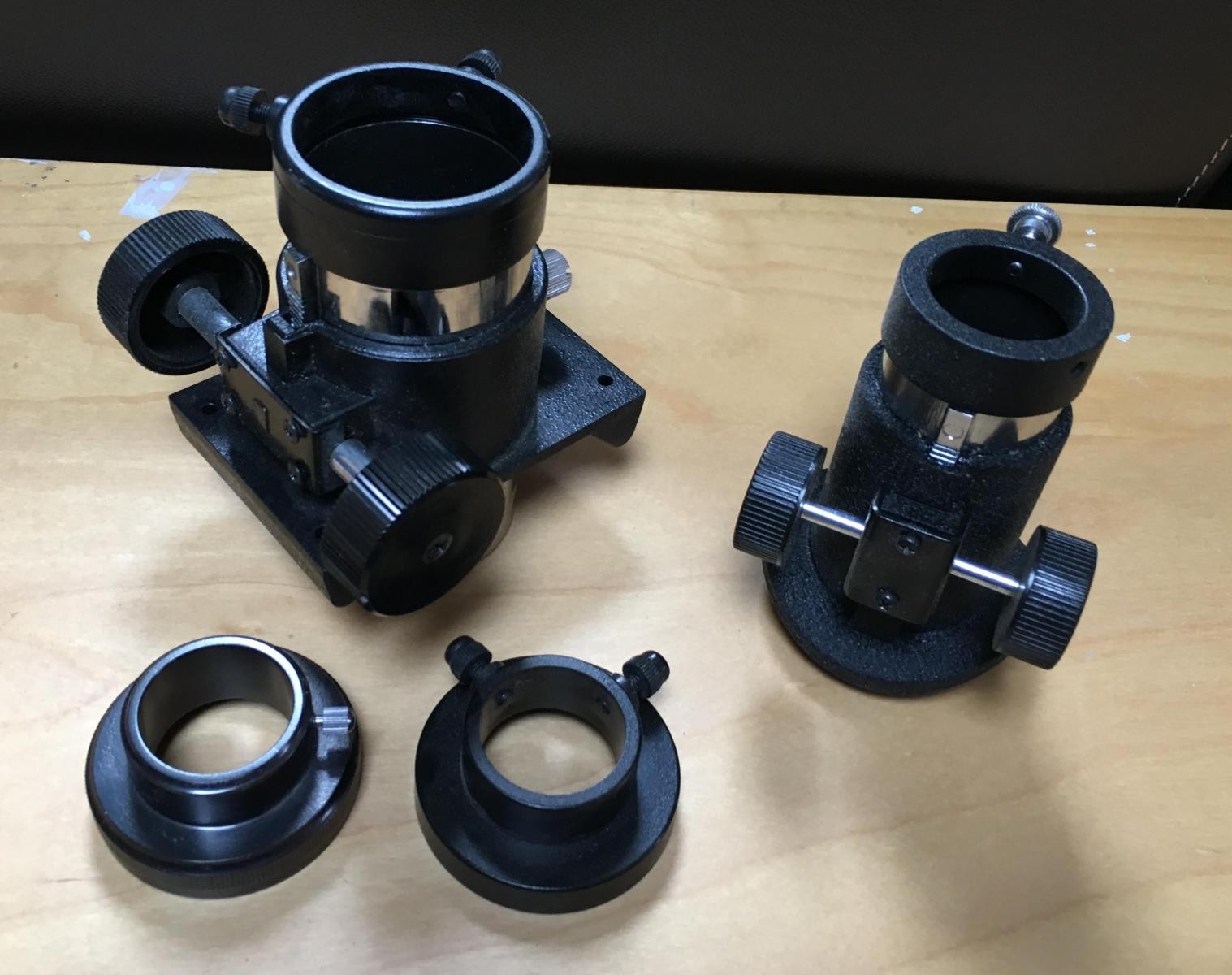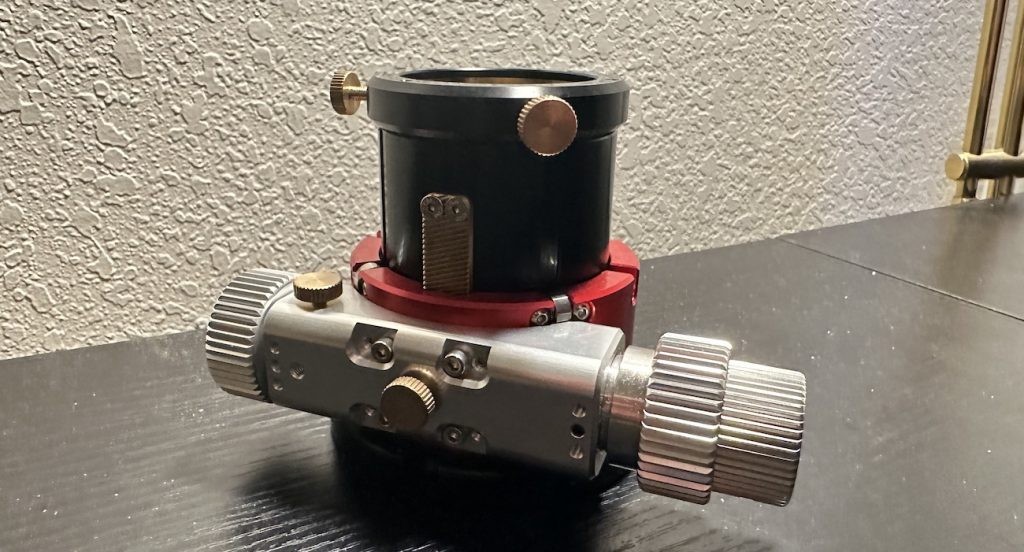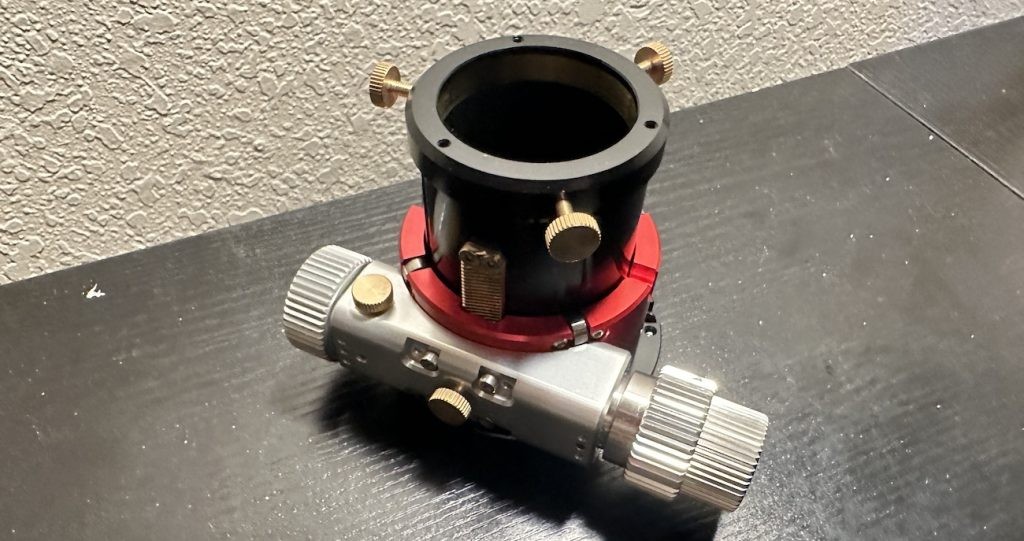For a basic understanding of telescope focusers, read our starter guide on the topic, and then come back to this article, where I individually talk about rack-and-pinion focusers, one of the cheapest types of telescope focusers.

The rack-and-pinion focuser type involves a gear (the pinion) engaging a toothed track (the rack). As we turn the focuser knobs, the pinion moves along the rack, pushing the eyepiece in or out.
This design offers more than enough precision. But sometimes, it suffers from backlash —a slight play or movement in the focuser when reversing the direction of focusing.
Pros
- Fairly economical
- If well-designed, I’ve noticed that the deflection/backlash are minimal
- Can be made very stiff, offering virtually unlimited payload
- Easy to motorize
Cons
- Cheap models have lots of play when I use them.
- Gears can wear down/strip over time if made of cheap materials or to poor tolerances
- Can be hard to make fine adjustments, particularly if single-speed
- I need to lubricate it occasionally for good performance
Hybrid Rack-and-Pinion Focusers


Hybrid rack-and-pinions are similar to the design of the Crayford focuser, and thus these are termed “hybrid” focusers. The vast majority of good-quality rack-and-pinion units I see being sold today are hybrids. These support the side of the draw tube opposite the rack with a set of rollers to keep the draw tube parallel with the telescope’s optical axis.
Rack-and-Pinion Focusers I’ve Had Good Experiences With
- Antares 2″ Low-Profile Dual-Speed Hybrid Reflector Focuser: Also sold under a few other brands, this hybrid focuser features a sliding extension tube that can be used to reach focus without needing an additional separate piece of hardware. Unfortunately, with most eyepieces that I’ve tried it with, it ended up being a bad idea, as there is plenty of play/wobble in this sliding auxiliary draw tube. But in any case, the focuser itself is excellent, and the low profile helps me minimize the size of the secondary mirror when I’m building my own telescope.
- SVBONY 1.25” Rack-and-Pinion Focuser: This all-metal focuser is a great aftermarket upgrade I’ve used on many smaller Newtonians with plastic 1.25” focusers, such as the tabletop Dobsonians I often recommend to beginners. It even uses a brass compression ring to grip the eyepiece securely. However, I don’t recommend the 2” version due to its low-quality machining that I’ve noticed. It’s also sold under the Skyoptikst brand, with a refractor-compatible base plate.

Is a helical rack and pinion the same as a hybrid rack and pinion focuser?
Helical just refers to the teeth being cut at an angle, so not necessarily